CUBE: The Warehouse Formula Nobody Told You About
It’s time to rethink what a warehouse can be. If you’re running a growing business, you’ve probably felt the squeeze — your garage or spare bedroom can’t handle your inventory anymore, but traditional warehouse options feel like overkill. You’re stuck in the middle, and the commercial real estate industry doesn’t seem to notice.
At WareSpace, we’ve developed a completely different approach to warehouse space for businesses like yours. Our General Manager Chris Ferguson and his team have developed what we call “the CUBE Method” — a framework that transforms how small businesses think about their operational space.
Let’s break down why traditional approaches fall short and how thinking cubic, not square, can revolutionize your business.
The Space Gap No One’s Talking About
Traditional commercial real estate has a massive blind spot: the “missing middle” for small business warehouse space.
You’ve seen it yourself — you’re either crammed into a tiny storage unit that doesn’t allow deliveries or expected to lease thousands of square feet you don’t need. When your business outgrows your home but isn’t ready for a massive warehouse commitment, where do you go?
The industry measures everything in square footage, completely missing what businesses actually need: functional space that enables operations. You don’t just need a place to put things — you need a place to run your business efficiently.
As Ferguson puts it: “When they’re growing their business up, instead of getting UPS packages or FedEx packages, now they’re getting truckloads. You gotta have a dock, and that’s where we come in.”
Band-Aid Solutions That Don’t Stick
Most growing businesses follow a predictable and painful path:
First, you run operations from home, which works until it doesn’t. Your dining room table becomes your packing station. Your garage fills with inventory. Your spouse questions their life choices.
Next, you try a storage unit, which creates more problems than it solves. You can’t receive deliveries there. You can’t work there. You’re constantly shuttling back and forth. “Both homes and storage units — you cannot receive trucks at,” Ferguson explains. “There’s just no way you could possibly do it. If you need a dock, no way. The storage unit won’t let you do it, and houses just don’t have docks.”
Finally, you look at traditional warehouses, only to discover they want five-year commitments, massive security deposits, and personal guarantees for space that’s three times what you need.
None of these options provides the infrastructure a growing business actually needs: loading docks, proper equipment, community, or flexible terms. You’re stuck trying to make inadequate solutions work, wasting time and money in the process.
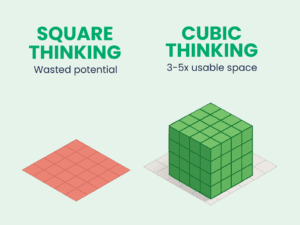
Think CUBE, Not Square
After watching countless small businesses struggle with inadequate spaces, Chris and the WareSpace team got fed up with the status quo. They rolled up their sleeves and developed the CUBE Method — a practical framework that transforms warehouse space from an expensive storage headache into a genuine business advantage that actually pays for itself.
For growing businesses caught between outgrowing their garage and not being ready for traditional warehousing, CUBE delivers exactly what you need:
C: Community-powered business hub
Your business doesn’t operate in isolation. The CUBE Method integrates you into a community of complementary businesses. Need packaging supplies? Another tenant might provide them. Have questions about shipping? Your neighbor has seven years of experience. CUBE leverages community as a business asset, not just neighbors.
U: Upward space utilization
Stop thinking flat. Start thinking cubic. Traditional warehouses sell you square footage, but the CUBE Method unlocks vertical space with industrial racking systems. “We market our units as square footage, but that is floor square footage,” Ferguson says. “Getting off the floor and going up into the racking creates more usable space in the units.”
B: Business-ready infrastructure
The CUBE Method provides infrastructure that transforms capabilities, not just space. Loading docks for commercial deliveries. Pallet jacks and electric stackers.. Even emergency supplies when you run out of packaging. Everything you need to operate like a much larger business without the overhead. “We have everything you need, and we also have the dock you need, which is just a game changer for anybody that’s trying to grow their business,” the general manager adds.
E: Efficiency-driven operations
“Another word [I use] a lot is ‘efficiency’. Time is money,” Ferguson adds. “When you start talking to these business owners in those kinds of terms, they start to get the picture real quick.” Every element of CUBE is designed for operational efficiency. From racking systems organized for pick-and-pack workflows to community knowledge sharing that prevents costly mistakes, the focus is always on saving time and money through better operations when choosing a warehouse rental..
“Now My Space Works For Me”
When businesses adopt the CUBE Method, they transform in predictable ways:
First, they shift from residential to commercial thinking. Ferguson sees it all the time: “People come in on the tour saying, ‘I need a thousand square feet,’ and then you show them one at 400, and they’re like, ‘Oh, yeah, this works.'” The CUBE Method changes how you see space.
Next, they evolve from isolated operations to community engagement. Instead of struggling alone, they tap into collective knowledge and resources. One tenant now sources all their packaging materials from another business in the building — cutting costs and building relationships simultaneously.
Finally, they graduate from manual processes to optimized operations. One refreshment vendor installed angled racking with wheels so drinks automatically slide forward when one is removed — a small change that dramatically increases efficiency.
Think Like This, Win Like That
The CUBE Method is built on five core principles that any growing business can apply:
- Vertical thinking supersedes horizontal planning — Maximize cubic space, not just floor space, to multiply your operational capacity. “It’s like New York City,” Ferguson adds. “They can’t build out anymore. They gotta keep going up.”
- Business ecosystems outperform isolated operations — Connect with complementary businesses to share knowledge, resources, and opportunities. “You might be just now in your first year in e-commerce, but your neighbor has been doing it for 7 years,” he explains. “He’s probably figured out some of your struggles already.”
- Infrastructure creates capabilities beyond space — The right equipment and facilities transform what your business can accomplish.
- Operational efficiency drives business growth — Design your space for maximum daily efficiency, not just storage.
- Continuous adaptation enhances competitive position — Regularly reassess your space needs and operational flows as your business evolves. “We definitely take our tenants’ feedback,” Ferguson says. “We want to know what we can do to make your experience here better.”
The CUBE Method isn’t just about warehouse space — it’s about creating an environment where your business can thrive. By thinking beyond square footage, you unlock new potential for growth, efficiency, and community support.
Now, tell us: Is your business ready to think cubic, not square?
Ready to scale your business?
Find the ideal warehouse space for your business at a low monthly rate, near you.
- 12+ prime locations
- 1,200+ customers
- Rated 4.8 out of 5

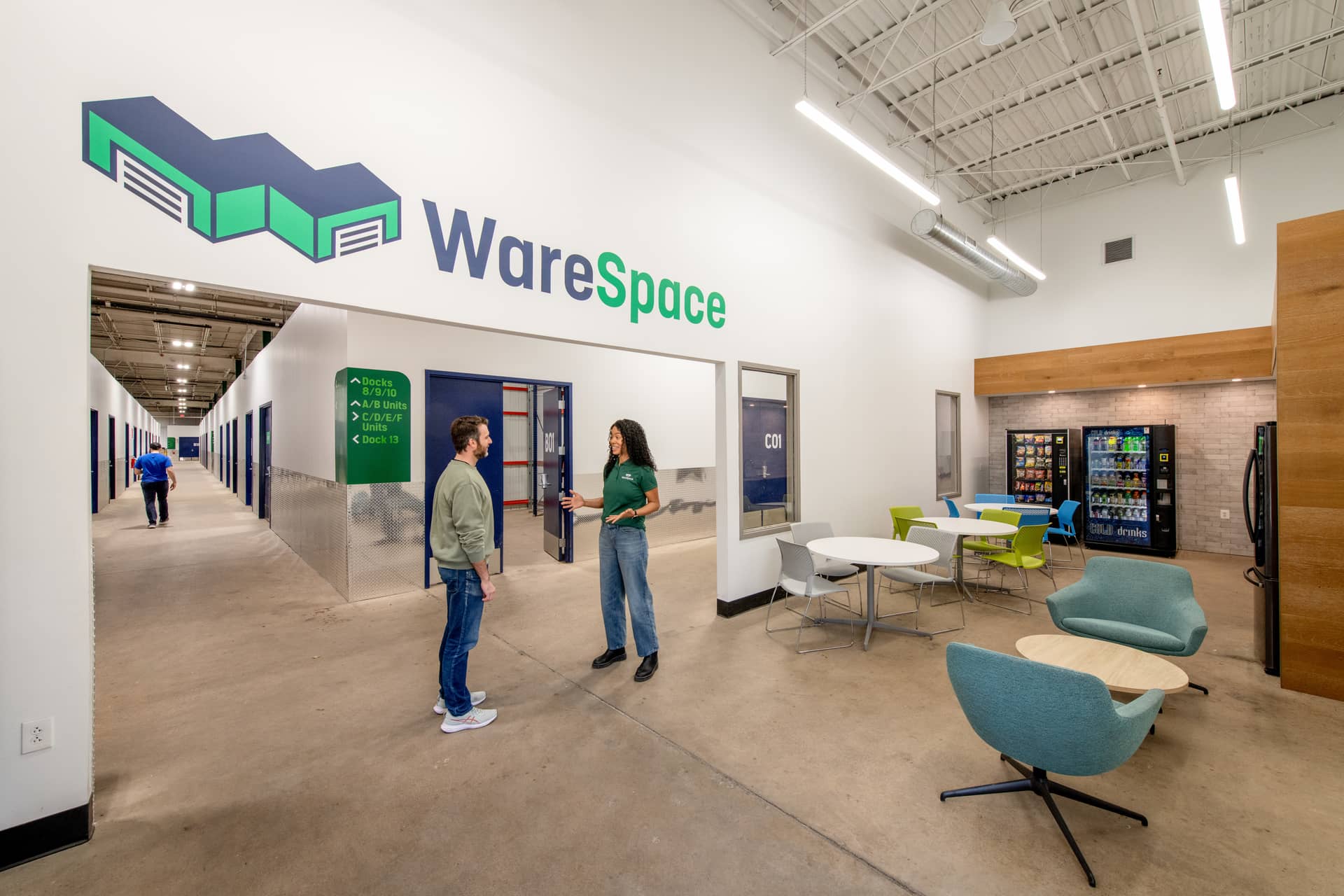


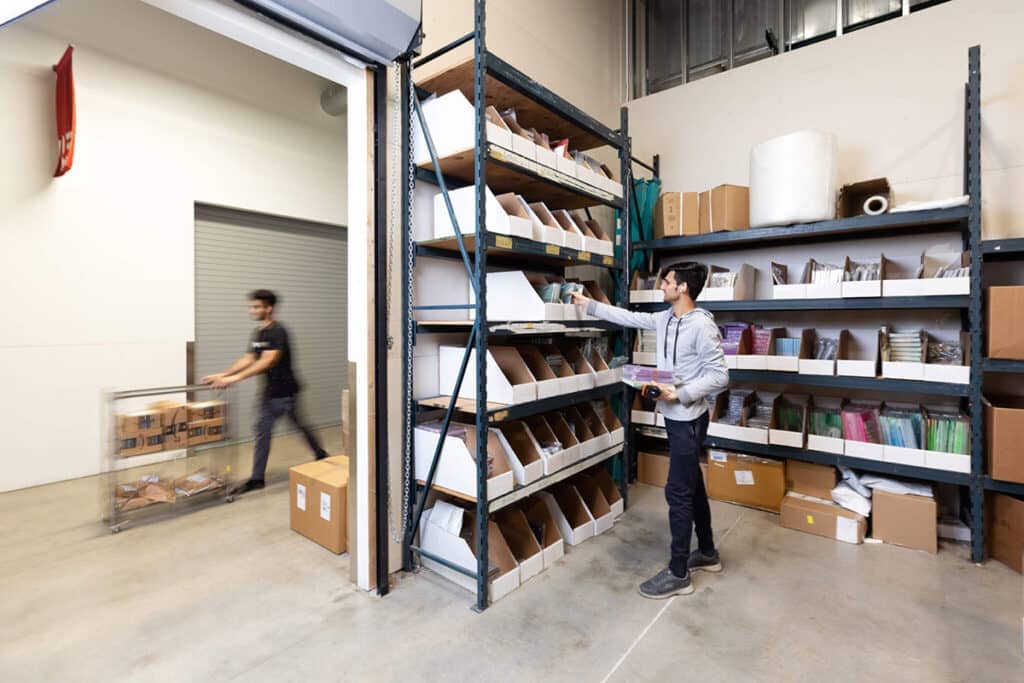
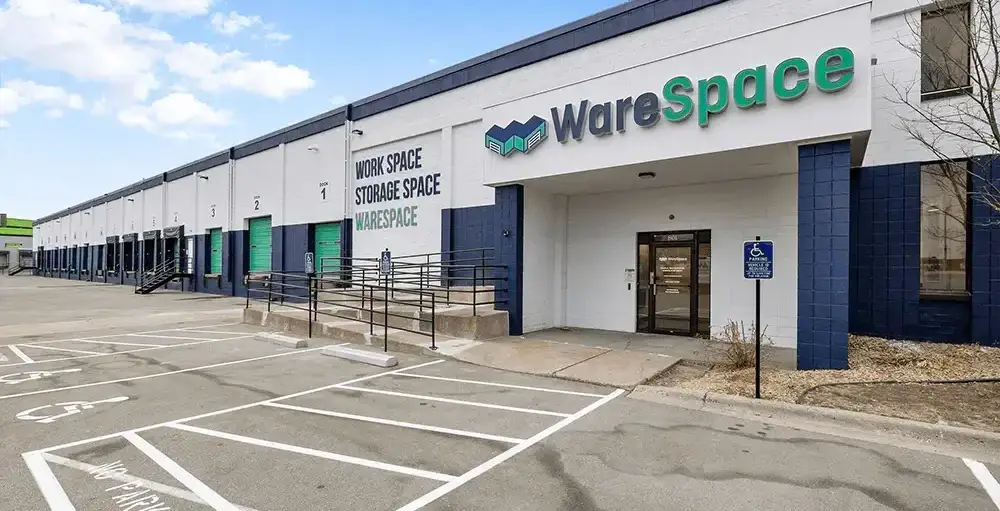
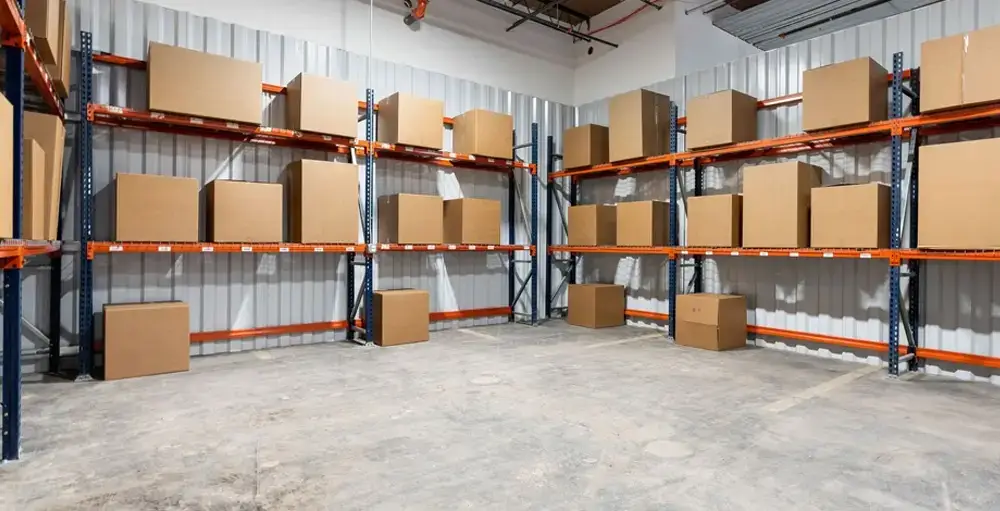
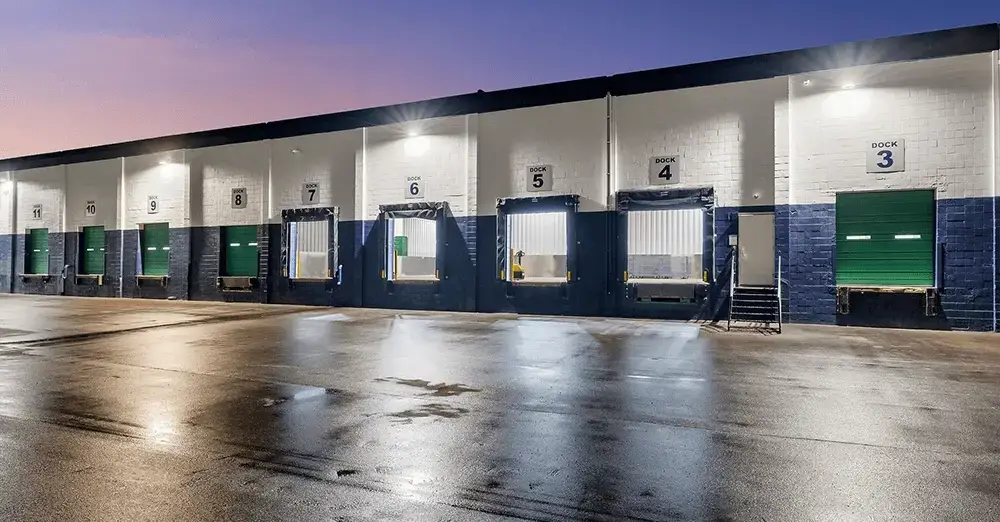
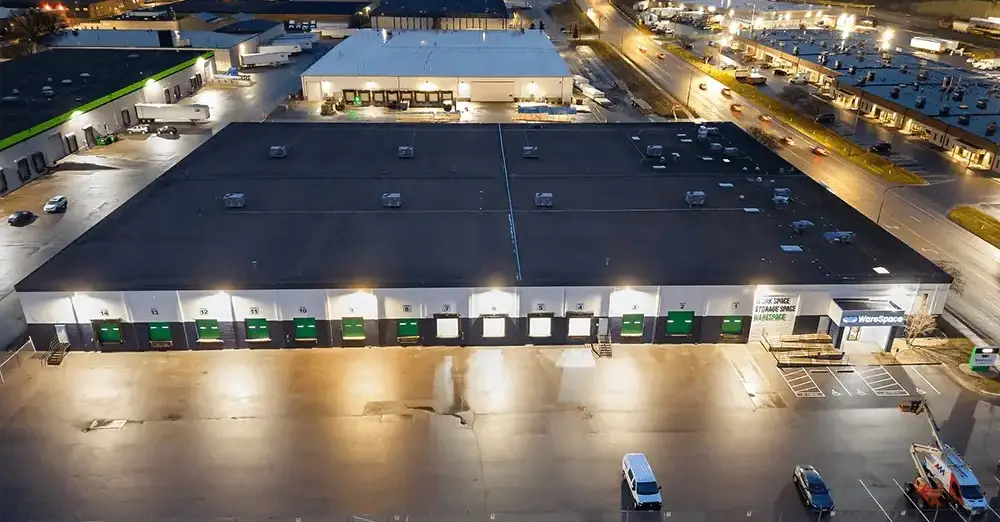











 ►
Explore 3D Space
►
Explore 3D Space